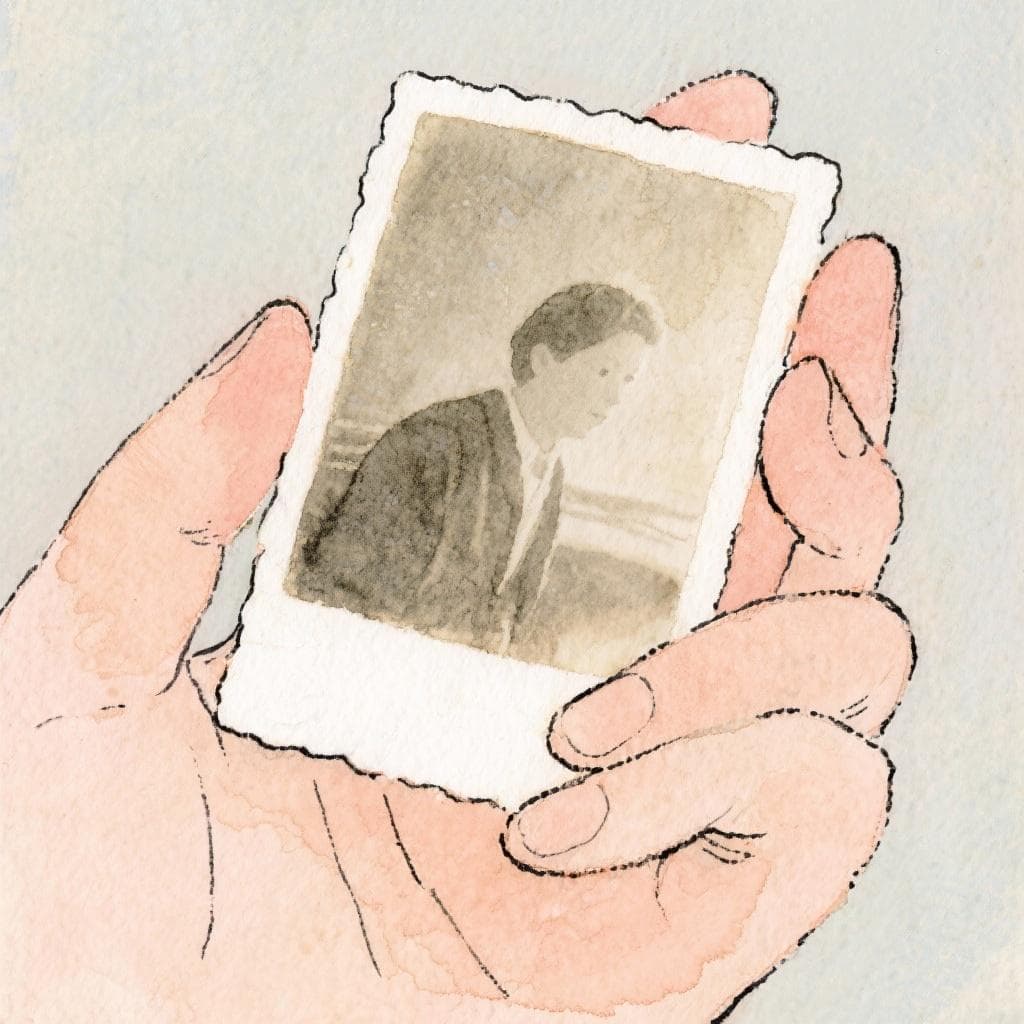Table of Contents
Mastering Spanish Conditional 'If' Clauses (Si Clauses): The Ultimate Guide
Ever found yourself wanting to say something like, "If I had a million dollars..." or "If it rains, we'll stay home" in Spanish? You're talking about conditionals! These "if... then..." sentences are the building blocks of expressing possibilities, dreams, and consequences.
In Spanish, we call them cláusulas si, and they are your ticket to sounding more natural and expressing complex ideas. It might seem like a lot of tenses to juggle, but don't worry. We're going to break it down into three simple patterns that will have you building conditional sentences like a pro.
Ready? Let's dive in!

What Exactly is a 'Si' Clause?
A conditional sentence has two parts:
- The Condition (Protasis): The part that starts with si ("if"). It sets up the situation or possibility.
- Si tengo tiempo... (If I have time...)
- The Result (Apodosis): The main clause that tells you the consequence or outcome of the condition.
- ...te llamaré. (...I will call you.)
Together, they form a complete thought: Si tengo tiempo, te llamaré.
The key to mastering si clauses is learning which verb tenses go together. There are three main combinations, or "types," and each one is used for a different kind of situation.
Type 1: Likely Conditions (The Real World)
This is the most common and straightforward type of conditional. We use it to talk about real, possible, or likely situations and their direct consequences. Think of it as simple cause and effect.
The Formula: Si + Present Indicative, ... Future / Present Indicative / Imperative
Let's break down the three possible results.
1. Result in the Future
This is the classic "if this happens, then that will happen" structure.
- Si estudias mucho, aprobarás el examen. (If you study a lot, you will pass the exam.)
- Si llueve esta tarde, veremos una película en casa. (If it rains this afternoon, we will watch a movie at home.)
- Si no te das prisa, perderemos el tren. (If you don't hurry, we will miss the train.)
2. Result in the Present
You can also use this to talk about habits, universal truths, or things that are always true when the condition is met.
- Si bebo café por la noche, no duermo bien. (If I drink coffee at night, I don't sleep well.)
- Normalmente, si tengo un problema, se lo cuento a mi mejor amigo. (Normally, if I have a problem, I tell my best friend.)
3. Result as a Command (Imperative)
Use this to give advice, instructions, or orders based on a condition.
- Si tienes sed, bebe agua. (If you're thirsty, drink water.)
- Si no entiendes, pregunta al profesor. (If you don't understand, ask the teacher.)
Complete the sentence: Si me llamas esta noche, nosotros _______ (hablar).
Type 2: Unlikely or Hypothetical Conditions (The Dream World)

Welcome to the land of "what ifs"! We use this type to talk about hypothetical or unlikely situations in the present or future. It's for dreaming, giving advice, or imagining a different reality. This is where the subjunctive mood comes into play.
The Formula: Si + Imperfect Subjunctive, ... Conditional Simple
- Si tuvieraI had más dinero, compraría un coche nuevo. (If I had more money, I would buy a new car.)
- Si yo fuera tú, hablaría con él. (If I were you, I would talk to him.)
- ¿Qué harías si ganaras la lotería? (What would you do if you won the lottery?)
Quick Subjunctive Refresher!
Don't remember how to form the Imperfect Subjunctive? It's easier than you think!
- Take the 3rd person plural (ellos/ellas) of the Preterite tense. (e.g.,
hablaron,comieron,tuvieron) - Drop the
-ronending. (e.g.,habla-,comie-,tuvie-) - Add the endings:
-ra, -ras, -ra, -ramos, -rais, -ran.
So tuvieron becomes tuviera, tuvieras, tuviera, etc. Voilà!
A very common mistake is to use the conditional tense in the si clause. Remember, the conditional tense only goes in the result clause.
Drag the handle to compare
Type 3: Impossible Conditions in the Past (The Regret World)

This one is for looking back and talking about things that didn't happen in the past and their hypothetical results. It's the language of regrets, missed opportunities, and "what might have been."
The Formula: Si + Pluperfect Subjunctive, ... Conditional Perfect
- Si hubiera sabidoI had known que venías, habría limpiado la casa. (If I had known you were coming, I would have cleaned the house.)
- Si no hubiera llovido, habríamos ido a la playa. (If it hadn't rained, we would have gone to the beach.)
- Te habría llamado si hubiera encontrado mi teléfono. (I would have called you if I had found my phone.)
Verb Formation Alert!
- Pluperfect Subjunctive:
hubiera(orhubiese) + past participle. Example:hubiera comido. - Conditional Perfect:
habría+ past participle. Example:habría comido.
This structure looks intimidating, but the pattern is very consistent. Once you get the hang of the two verb forms, you can talk about any hypothetical past situation you can imagine.
Flipping the Order: It's All Good!
Don't forget that you can reverse the order of the clauses in all three types. The meaning stays exactly the same. The only difference is that you don't use a comma when the si clause comes second.
- Type 1: Aprobarás el examen si estudias mucho.
- Type 2: Compraría un coche nuevo si tuviera más dinero.
- Type 3: Habríamos ido a la playa si no hubiera llovido.
Common Mistakes to Avoid
Navigating si clauses can be tricky. Here are a couple of common pitfalls to watch out for.
Mistake #1: Using the Future or Conditional in the 'Si' Clause
This is the golden rule: NEVER use the future or conditional tenses immediately after si. The si part of the sentence has its own special tenses (present or subjunctive).
Drag the handle to compare
Drag the handle to compare
Mistake #2: Mixing Up the Formulas
Each conditional type has a specific tense pairing. Mixing them up will confuse your listener.
- Incorrect: Si tuviera dinero, compraré un coche. (Mixing Type 2 and Type 1)
- Correct: Si tuviera dinero, compraría un coche. (Type 2)
Cheat Sheet
| Type | Condition (Si Clause) | Result (Main Clause) | Use Case |
|---|---|---|---|
| 1 | Present Indicative | Future / Present / Imperative | Real / Likely |
| 2 | Imperfect Subjunctive | Conditional Simple | Hypothetical / Unlikely |
| 3 | Pluperfect Subjunctive | Conditional Perfect | Impossible Past / Regrets |
Practice Time!
Let's test your knowledge. Choose the correct verb to complete each sentence.
Si _______ buen tiempo mañana, iremos al parque.
Si yo _______ hablar japonés, buscaría trabajo en Tokio.
Nosotros _______ el vuelo si hubiéramos salido de casa antes.
You've Got This!
Whew, that was a lot! But you made it. Understanding these three patterns for si clauses is a massive step forward in your Spanish journey. It allows you to express nuance, personality, and complex thoughts far beyond simple statements.
The key is practice. Start by identifying conditionals when you read or listen to Spanish. Then, try creating your own sentences. What would you do if you could travel anywhere? What will you do if you finish your work early today? What would you have done differently yesterday if you could?
Keep practicing, and soon these structures will feel completely natural. ¡Si practicas, mejorarás!